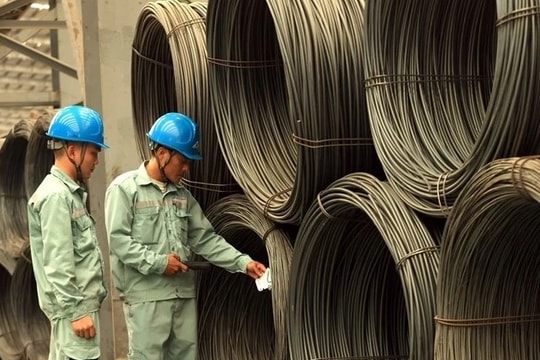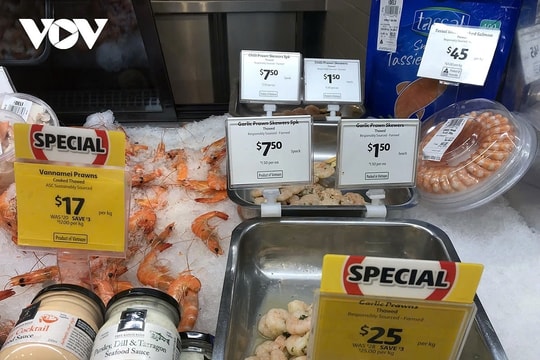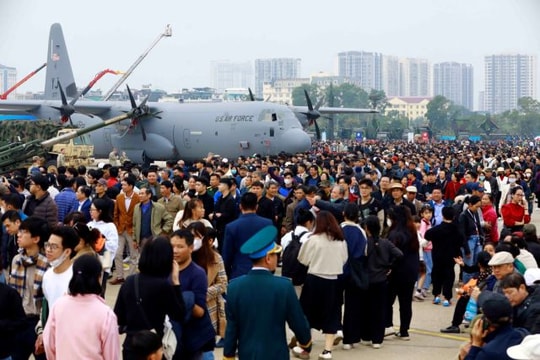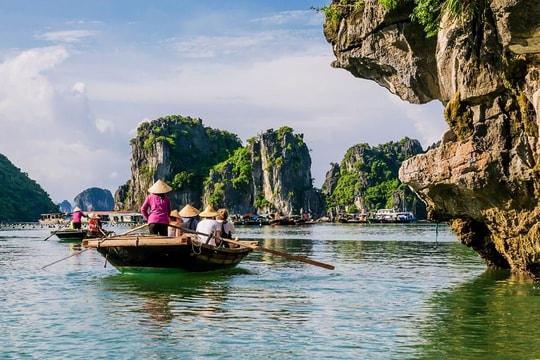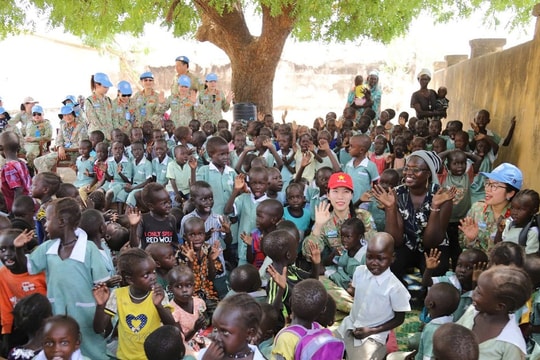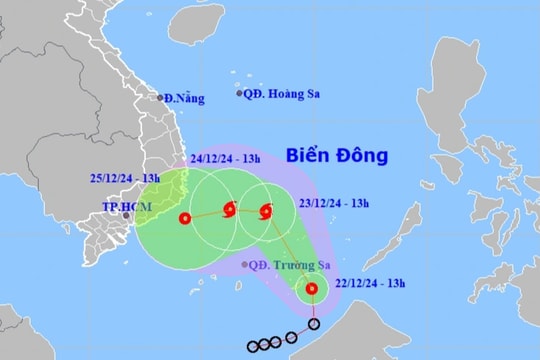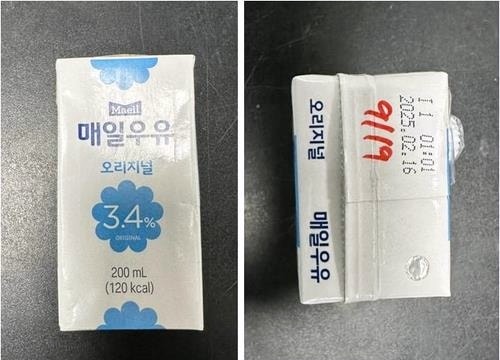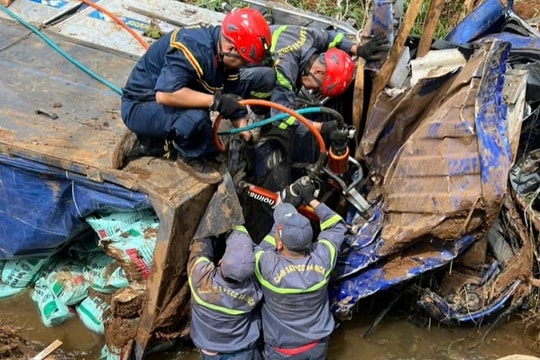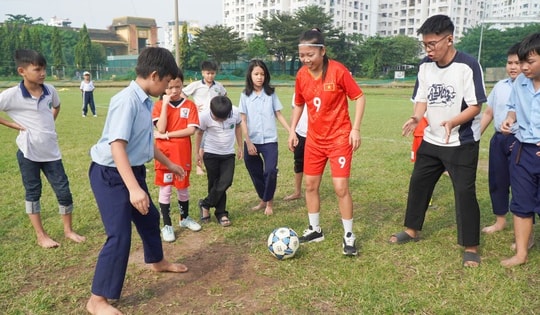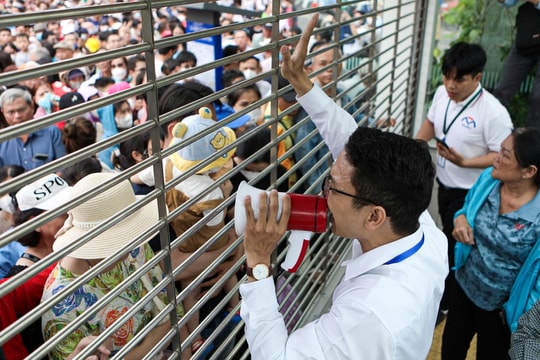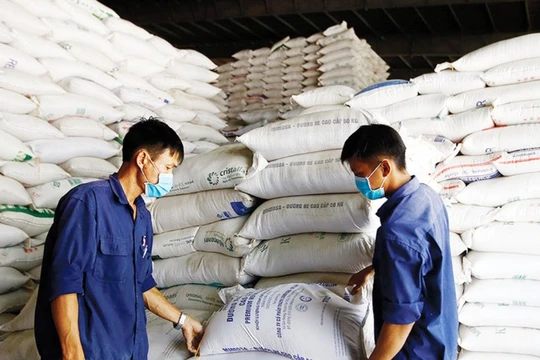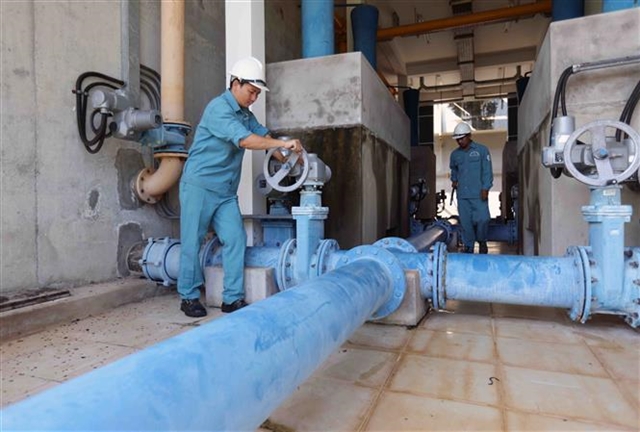 |
| The Đá Bàn clean water plant in Bà Rịa - Vũng Tàu Province with a capacity of 20,000 cu.m per day supplies clean water to over 34,000 households across nine communes and two towns in Đất Đỏ and Long Điền Districts. VNA/VNS Photo |
HÀ NỘI – Việt Nam currently has 18,109 rural water supply facilities providing standardised clean water to 9,374,264 rural households, said Lương Văn Anh, deputy director of the Water Resources Department (Ministry of Agriculture and Rural Development).
Among these facilities, 32 per cent operate sustainably, 27 per cent operate unsustainably and 14.8 per cent are non-operational, Anh said.
Despite these achievements, 41.8 per cent of the facilities are still operating below sustainability standards, he told the National Conference on Rural Clean Water Supply which was organised by the Ministry of Agriculture and Rural Development on Friday, in Hà Nội.
By the end of last year, 74.2 per cent of rural households nation-wide had access to clean water that meets established standards, with 55.1 per cent of households receiving standardised water from centralised supply systems and 19.1 per cent using household-level water sources.
According to the deputy director, the Red River Delta region has the highest rate of rural households using standardised clean water with 91.9 per cent, while the Tây Nguyên (Central Highlands) has the lowest rate with 39.5 per cent.
The northern mountainous region and the Central Highlands have the lowest percentages of rural households using clean water that meets national standards.
These regions also report the lowest rates of households using water from centralised supply systems, both compared to other regions and to the national average.
While 74.2 per cent of rural households use clean water that meets national standards, some provinces have very low rates of standardised clean water usage from centralised water supply facilities including Hà Giang, Gia Lai, Yên Bái, Cao Bằng, Lâm Đồng and Điện Biên provinces.
Rural water supply efforts have contributed to the achievements of the National Target Programme on New Rural Development, with 6,289 out of 8,162 communes (equivalent to 77.1 per cent) meeting new rural standards.
Among these, 2,146 communes have achieved advanced rural standards, and 465 communes have met model rural standards.
Additionally, 6,512 communes (79.7 per cent) meet the criteria for Environment and Food Safety, which includes rural clean water targets.
Due to factors like population distribution, terrain and water resource conditions, the scale of rural water supply facilities varies greatly, ranging from below 50 cu.m per day to over 1,000cu.m per day.
Smaller facilities are primarily gravity-fed systems located in mountainous areas, while larger facilities are concentrated in plains with higher population densities and better socio-economic conditions.
Deputy Minister of Agriculture and Rural Development Nguyễn Hoàng Hiệp stated at the conference that, despite achieving encouraging results, rural clean water supply faces numerous challenges.
First, the policy framework for water supply remains incomplete, with no specific water supply law, while existing regulations are insufficient, inconsistent and lack practical effectiveness.
Second, there is a significant need for investment in rural clean water to meet the target of 80 per cent of rural populations having clean water by 2030. However, funding relies primarily on the limited State budget, with social resources being mobilised mainly in densely populated plains, while mountainous and remote areas lack solutions to attract investment.
There is also a variety of organisational models for managing centralised rural water facilities, but no specific, unified regulations on management models and capacity. Low water prices, insufficient revenue to cover costs and a lack of financial support lead to high rates of ineffective or non-operational facilities and low service quality.
Lastly, freshwater sources are increasingly degraded in both quantity and quality. Climate change exacerbates extreme weather, natural disasters, floods, droughts, water shortages and salinisation, leading to water pollution. This impacts the reliability of clean water supply, with many facilities forced to operate below capacity or even shut down due to insufficient water resources, affecting the sustainable and safe provision of clean water for rural residents.
Water plays a crucial role in socio-economic development, environmental integrity and as an essential component of life. Ensuring that everyone has access to safe, clean water is a key goal of the Party, Government, ministries, local authorities, and rural communities, Hiệp said.
Thus, the conference was an opportunity for officials, experts and managers to review achievements, address challenges and outline comprehensive, coordinated solutions to ensure sustainable development in rural clean water supply, so that every rural resident can access safe, affordable water, leaving no one behind, he added. VNS





